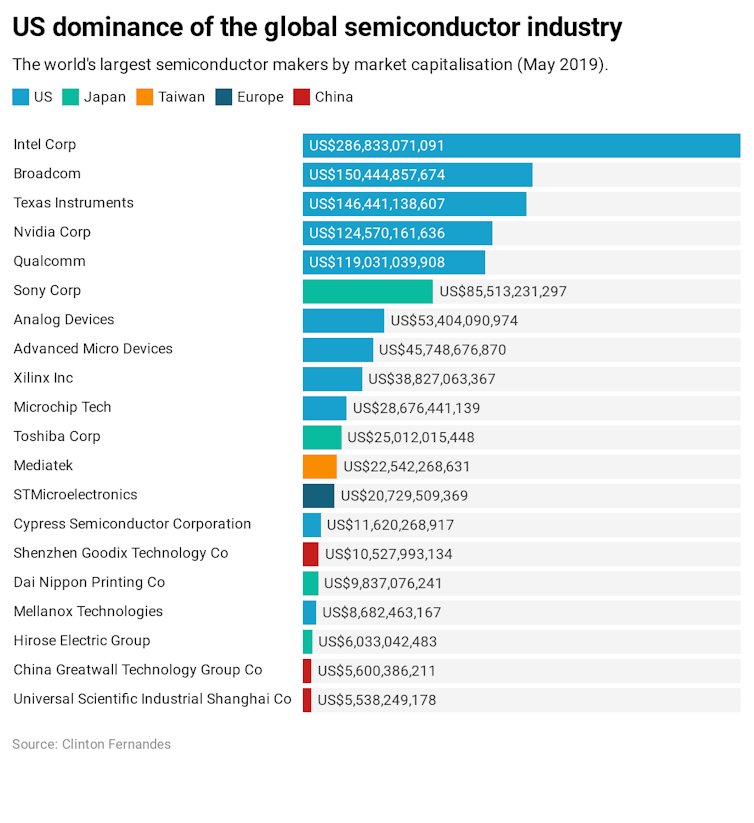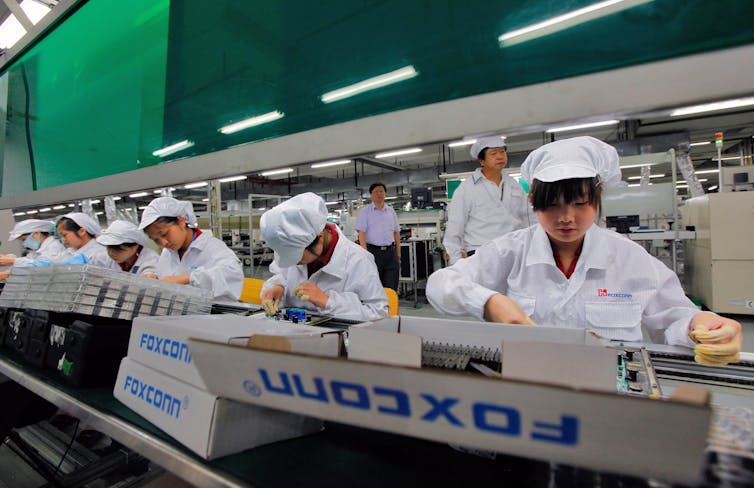What’s at stake in Trump’s war on Huawei: control of the global computer-chip industry
Silicon Valley may now be more popularly associated with software companies such as Google and Facebook but it takes its name from the material most used to make semiconductors.



